
Spring can be a magical time to ski. Brilliant sunshine combines with balmy temperatures and a giddy, end-of-term atmosphere, and everyone seems to be skiing with extra relish as a result.
What’s more, if you know how to handle the ever-changing snow, you’ll enjoy some of the best conditions the season can offer. We show you how.
I love spring skiing in the Alps. Everyone’s got one eye on summer: but they haven’t let go of the season just yet, and as the slopes begin to empty they indulge in one last, lengthy celebration. Here are my top ten tips for getting the most from this happy-go-lucky time.
1. Aim High
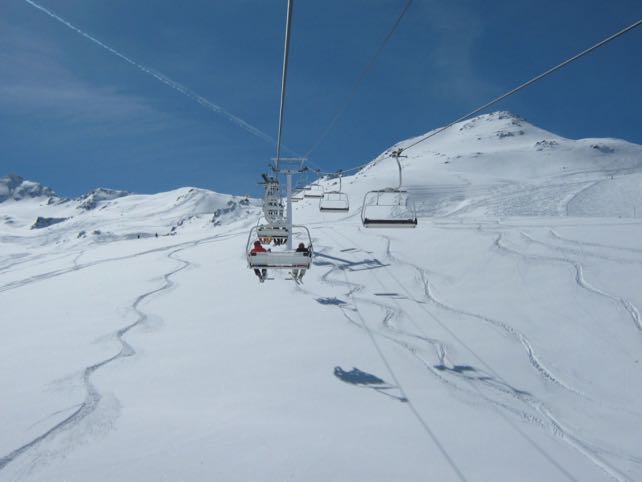
For the most part, spring in the Alps is mild and sunny – and the snow goes through a 24hr cycle of daytime melting and night-time refreezing. Skiers can use that to their advantage (see “Follow the Sun” below). But if the weather’s too warm, the daytime melting happens too quickly – and you’ll find your skiing day is dominated by slush.
Avoid this soggy fate by aiming high. Higher means colder – and any resort with access to plenty of skiing between the 2200m and 3000m mark will withstand all but the steamiest spring thaw. Check out guide to the best resorts for spring skiing for suggestions about where to go.
2. Buy a skier-friendly backpack
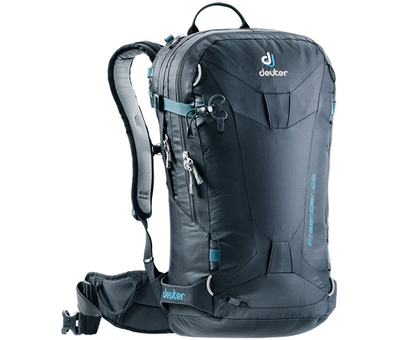
3. Have a lie-in

4. Layer up
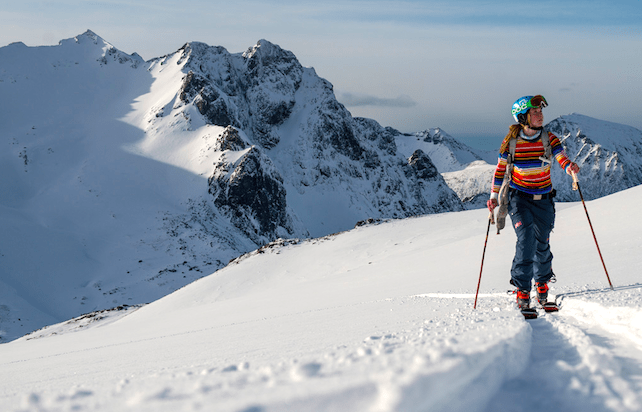
5. Slap on the sunscreen
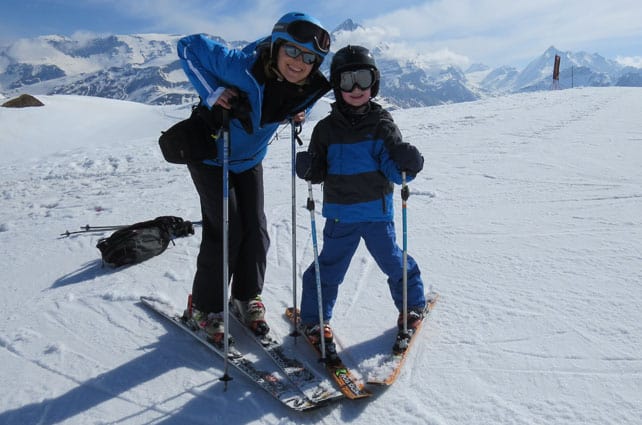
Sounds obvious: but you wouldn’t believe the number of raspberry-coloured faces you’ll see in the bars after a sunny spring day. Remember, the air’s thinner and the sunlight is reflecting back off the snow. So essentially you’re skiing in a giant UV bath. It does wonders for your mood, especially at the end of a long, dark winter. But it’s not so good for your skin. Stock up on some up-to-date factor 30 cream – or higher – at home before you go (so you don’t pay the premium prices charged at airports and in ski resorts).
6. Follow the sun
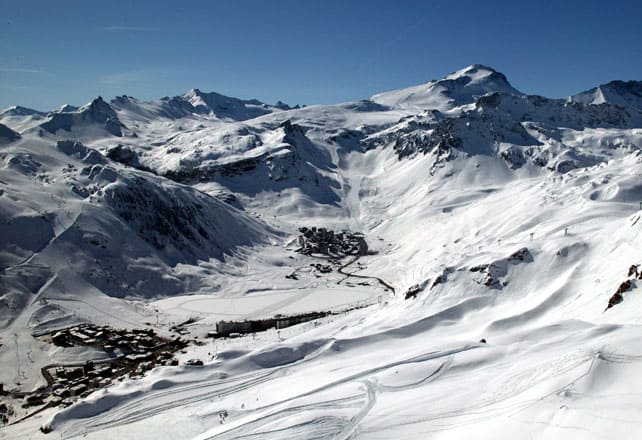
Want to get the best out of the spring snow? Follow the sun as it tracks across your ski area. Ski the east-facing pistes first, and then move on before they get too heavy and wet, tackling the south-facing runs next and finally those that face west.
By lunchtime on an average spring day, even the west-facing pistes will be getting slushy, so if you want to continue into the afternoon, migrate to the shadiest and highest north-facing slopes. If you get your timing right, you’ll enjoy three or four hours of the smoothest, most velvety skiing this side of a perfect mid-winter day.
7. Have a long, late lunch
However good your spring-skiing tactics, there’ll come a point on a typical day in late March or April when you’ll be skiing less of the velvet and more of the mush. Don’t battle on. Use the warmth as a guilt-free excuse for the kind of long lunch you never, ever get back home in the UK – sitting on a restaurant terrace, surrounded by soaring peaks, with nowhere special to go till the lifts start to close at 4pm.

8. Or pack a piste-side picnic
This is what the seasonaires do: and not just because it’s a lot cheaper than lunching in a mountain restaurant. Picnicking on the side of the mountain with friends or family is such a relaxing and spectacular experience you should try it at least once on a spring-skiing holiday. If you’re staying in a self-catering apartment, whipping up a backpack-load of baguette sandwiches is a simple task after breakfast (but be sure the bread is fresh by buying it that morning). If you’re staying in a chalet you can pick up your food from one of the local bakeries on the way to the lifts.
9. Ride the lifts back down at the end of the day
Yes, most skiers regard this kind of thing as sacrilege. But what’s the objective here? To wring the best-possible day of skiing out of the conditions, or to battle through wet, afternoon snow on some of the lowest, most heavily-used pistes? Give yourself a break, and stay canny and adaptable right to the end of the day.
10. Always hire a guide if you’re heading off-piste
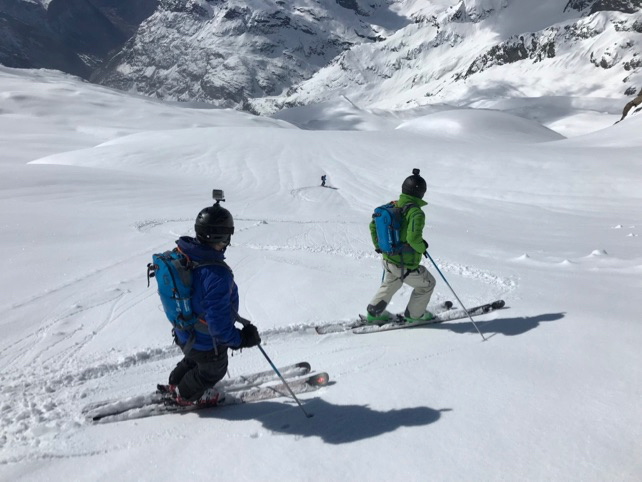
Experts love spring for its corn or firn snow. When the weather’s right, it’s a short-lived daily phenomenon that turns off-piste snow into a surface that’s as easy to ski as a groomed run. Just like the pistes, it happens as the refrozen, overnight snow catches the sun and starts to soften, but unlike the pistes, it’s hard to find, and the way is perilous if you get your timing wrong. So don’t go hunting for it without an experienced local guide.












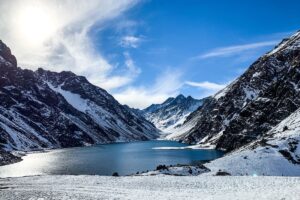


Add Comment